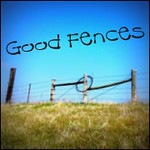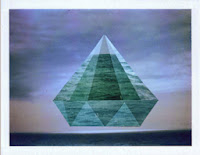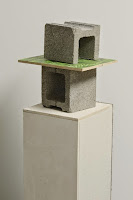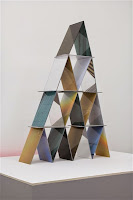asks us to post a black and white photo. No spot colors. No sepia. Black and white, only.
The aspen is a deciduous tree native to cooler areas of North America. Their leaves seem to quiver in the wind. Some of the names used to refer to this tree are: quaking aspen, trembling aspen, American aspen, quakies, mountain or golden aspen, trembling poplar, and white poplar. I just spent several weeks in Portland, Maine. I took over 1500 photos of the city, the harbor, charming old houses (most built in the 1800's) You can find some of those (more will be added in the future) and many of my other images on my Flickr page. View my entire photostream or click on "albums" to the right of my profile image to view a specific set of images.
There is an album titled "Maine." The one called "Black and White" contains images that may have been posted for this meme ---or may be posted in the future.
Click on any individual photo, then scroll down a little to find more info about that image.
The trees have tall trunks, up to 25 m (82 ft) tall, with smooth pale bark, scarred with black. Leaves become golden to yellow in autumn. The aspen usually propagates through its roots to form large groves in which individual trees are all clones of each other and share the same root system. Because all the clones in one grove are the same sex, seeds rarely sprout.
Beginning in 1996, scientists noticed an increase in dead or dying aspen trees. As this accelerated in 2004, word spread and a debate over causes began. No insect, disease, or environmental condition is yet specifically identified as a cause. Trees adjacent to one another are often stricken or not. In some instances, entire groves have died.
















